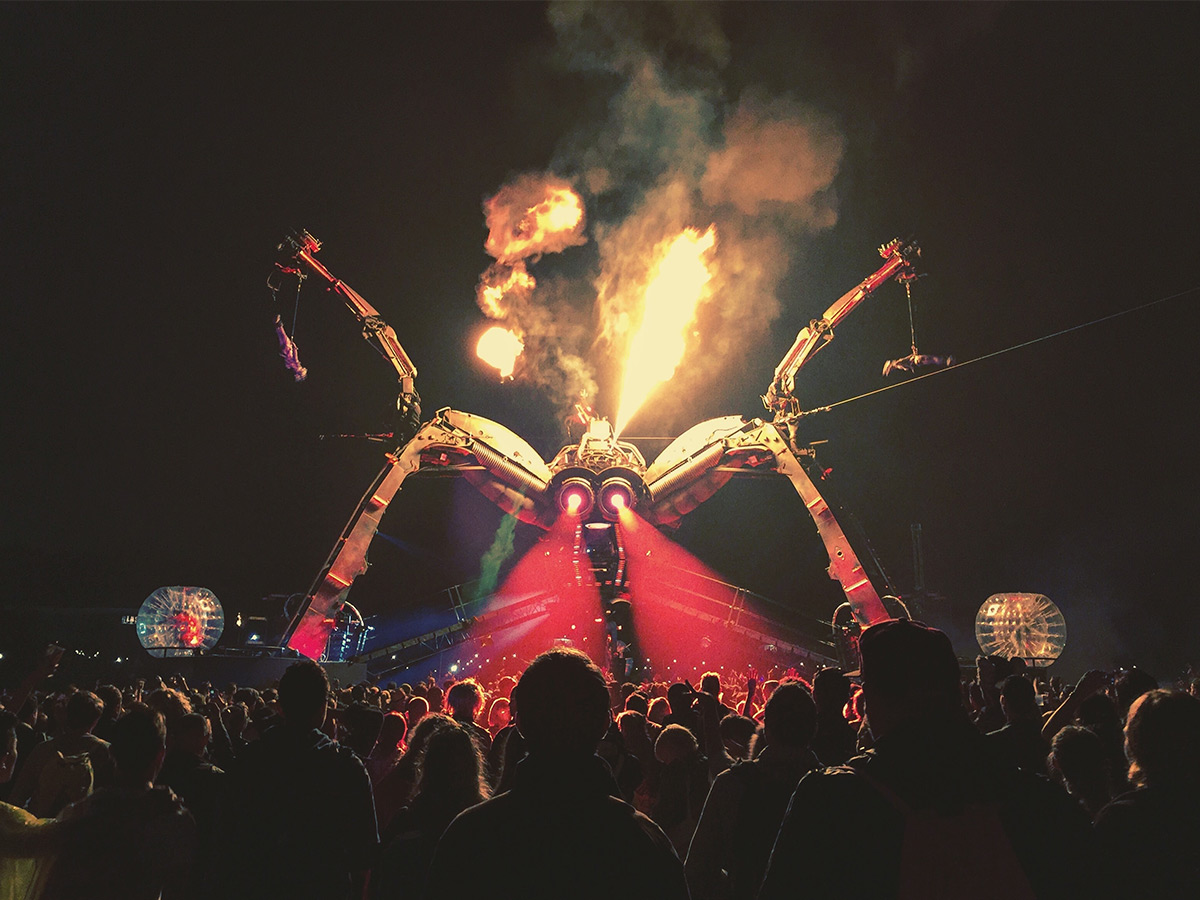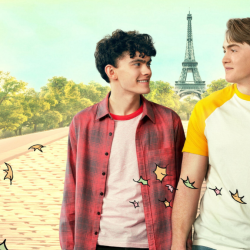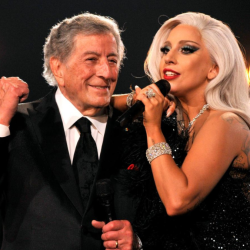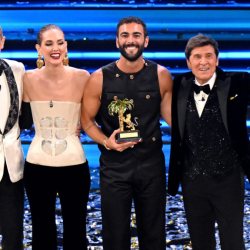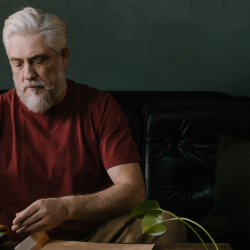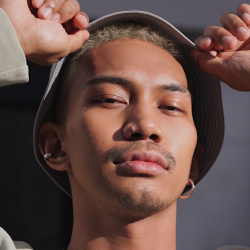It might be hard to believe but there was another festival happening last weekend, far away from the south of France. A festival with a little less chilled rosé and a little more warm beer, but one where you could also learn a lot about what makes people tick and how you can connect with them.
Glastonbury is one of the biggest festivals in the world, and the home of music, the most universal passion point known to humans. It brings together almost every tribe you can imagine into one little(ish) farm in Somerset. For Planners, also known as Professional People Watchers, you can learn a lot.
Here are my 5 key observations:
The political youthquake is having its vibe shift
One of the most noticeable things about Glastonbury is the thousands of flags that the crowds carry and wave. Partly, they function as a meeting point, but they are also there to get your message up, just for a moment, on the big screen. This year the political flags were out, and comedy flags were in. Gone were the Jeremy Corbyn’s, and the various causes.
They were instead replaced by flags saying things like “Flag Wanker” and “Flaggy McFlaggerson.” Having been at highly political Glastonbury festivals before, it felt like a very clear vibe shift; one where young people in particular, having been stripped of opportunities to have fun for the last couple of years, had joy and laughter as their number one agenda.
The silent memory of the pandemic
Clearly if you had major health concerns you would not throw yourself into a festival of a quarter of a million people, so this may be a self-selecting insight. But the absence of covid, from conversations around the campfire, to what artists talked about between songs during their sets, to the organisation of the festival itself, was highly noticeable.
If you’d been in a coma before the pandemic and come to this Glastonbury, you honestly may not have noticed there was a pandemic in between. If anything, there was a palpable, visceral desire to be together, to throw arms around strangers, to be in the thick of the crowd and be part of a common song.
Talent has no age limit
At this Glastonbury there was one headline act in his 80s, Sir Paul McCartney and one 78-year-old, Her Royal Highness Diana Ross. These were not short cameo appearances. These were main acts, with extended sets, on the biggest stage, The Pyramid Stage, billed at the most iconic moments of the weekend. As I looked around the crowd at both, it was interesting to see that these were not just acts put on for the older attendees.
Every age group turned out for their chance to watch a living legend perform. It made me think just how narrowly we think about age in our advertising world. It’s just not the case that young people only connect with young people and so on. People connect with the people who inspire them. That could be an 18-year-old rising star, or an 80-year-old master of their craft. Age truly is just a number.
Queer culture is social zeitgeist
Block 9 is a legendary queer nightclub that exists only at Glastonbury, a bit like Bergheim tucked away on the South East corner of the festival, known for its wild acts and night long parties. Whilst it has always been an ‘in the know’ place to end up, this year it felt like the secret was well out the bag.
From mile-long queues to people trying to bribe their way inside, everyone was clamouring to get inside and have their one night in the most infamous spot of the festival. In a society where more young people than ever are identifying as part of the LGBTQ+ community, and queer talent is often a leading voice in music and culture, it seems that queer culture continues to be the heartbeat of the zeitgeist.
Sustainable behaviour is plastic
Glastonbury is a wonderful isolated experiment in consumer acceptance for sustainable products. Nobody purchases single-use plastic on site. The reason is simple. It’s not sold. Those in the know bring their reusable water bottles, and fill them up at bars etc, and those who are not, buy one and change their behaviour. The strangest thing is that nobody talks about it. I mentioned it to a first timer, and they hadn’t noticed. They had simply adapted to the rules of the game. At the same time, the festival was full of people puffing away on single-use vapes, Elf Bars, that they had brought with them, and which are fast becoming the vape of choice for the Gen Z and above.
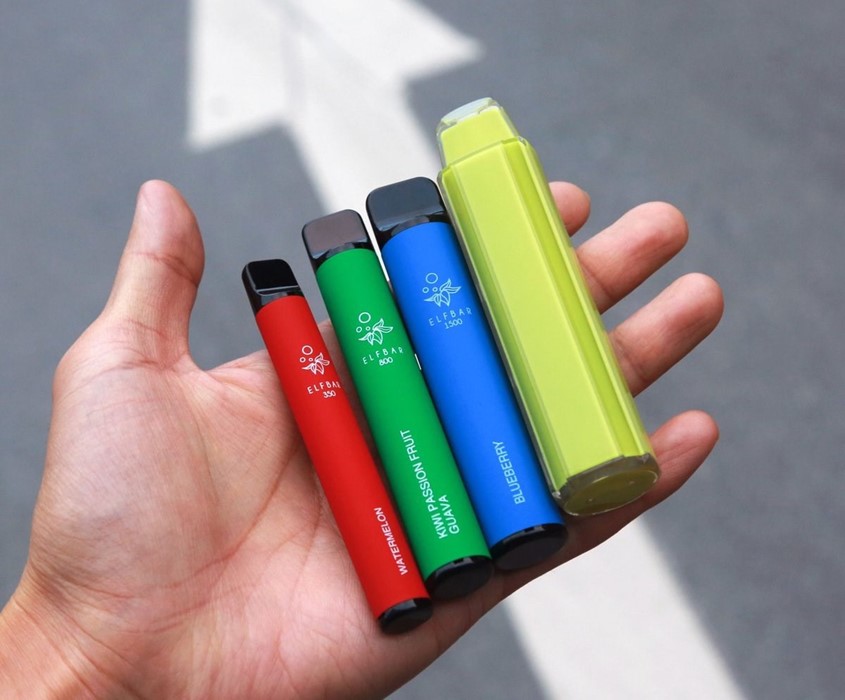
This goes to show that nurturing sustainable intentions are good but ultimately behaviour around single-use plastic cannot be driven by consumer demand alone, it needs to be driven by businesses changing what they offer, with the confidence that shoppers will adapt with not too many grumbles. And may not even notice.
But whether you found yourself on the Croisette or Worthy Farm, there’s one experience we seemed to all share last week, aside from the sore heads. The simple, irreplaceable, and much-needed human joy of being together.

















